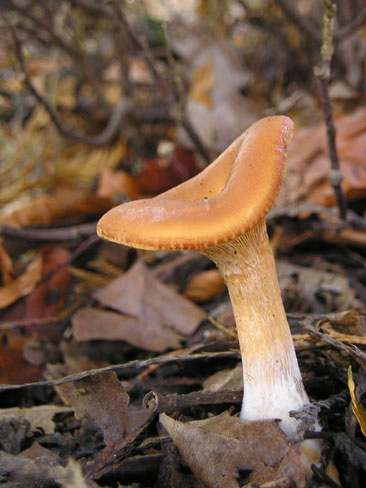Monday 9 December 2013
Clathrus Ruber
Clathrus Ruber
The Clathrus ruber is a species of fungus related to the stinkhorn family. Also known as latticed fungus, basket fungus and red cage. This fungus grows alone or in small clusters near wood debris, on lawns and fallen leaves. It is native to Southern and Central Europe. There have been recordings in Southern England, mostly from Cornwall, Hants, Devon, Isle of Wight and Surrey. It is also recorded in the USA.
Its colour can range from pink, to orange/red.
Characteristics
Initially starts out as an egg which is white/grey. This then opens up to reveal a lattice that is orange/pink/red (the exact colour can vary). The spores are green/black. This attracts flies. Once exposed the lattice can be covered in slimy olive-green spore mass which is foul-smelling. The height can be anything up to 20 cm but seems to average out at 11 cm or so. It appears in later Summer-Autumn and is rather rare.
It is recorded as inedible.
My story relating to Clathrus Ruber started in February 2012. I received an email from a gentleman who contacted me for an id on a fungus he believed to be an Orange Peel fungus. This photograph had been taken in Branscombe, E. Devon. the previous November 2010. It most certainly was not an Orange Peel Fungus. Having received a photo more recently of Clathrus Archeri, I believed it to be the related, but collapsed Clathrus Ruber. It looked well past its sell-by-date and I needed another photo to verify its id.
I wrote as such to this gentleman who told me he visited Branscombe on a yearly basis during November and he would look out for it. I was naturally thrilled by this, as to have a photo of this more rare C. Ruber would be a marvellous addition to the website. The following year he visited the exact area and there was no sign of this fungus.
Out of the blue during November 2013 I received another email from him informing me that he'd visited the exact spot again and this time had struck the jackpot! Not only had he done that, but he'd managed to come across C. Ruber at the 'egg stage' and over a 48 hour period took a series of photos of the egg, the emerging lattice structure and then finally the mature C. Ruber.
The dedication and commitment of this man to repeatedly search for this rather rare fungus and to provide such a detailed series of photographs is heartening and so very well appreciated.
Above is a small photograph of C. Ruber and more detailed photographs will appear on fungiworld in the near future.
Subscribe to:
Posts (Atom)

